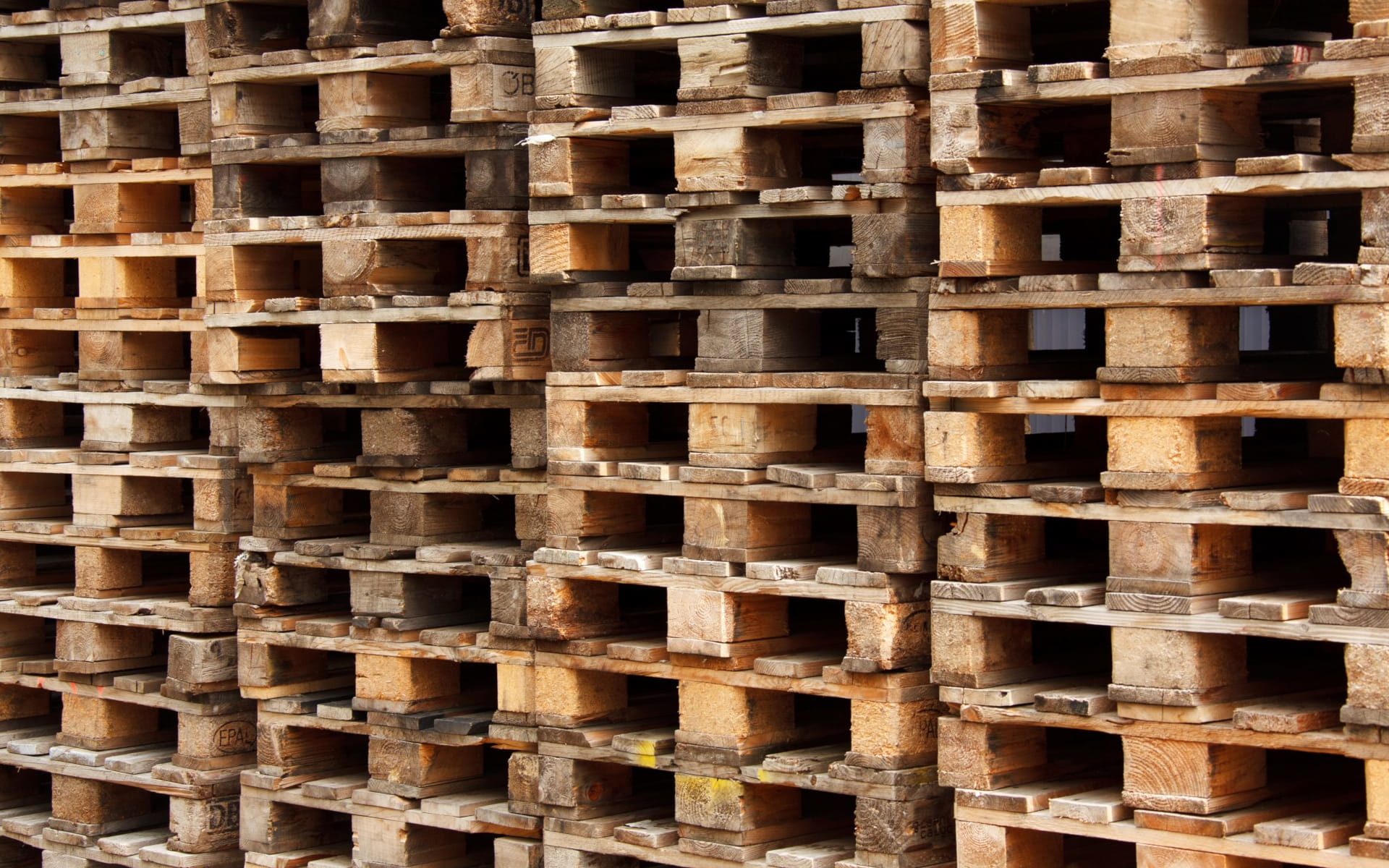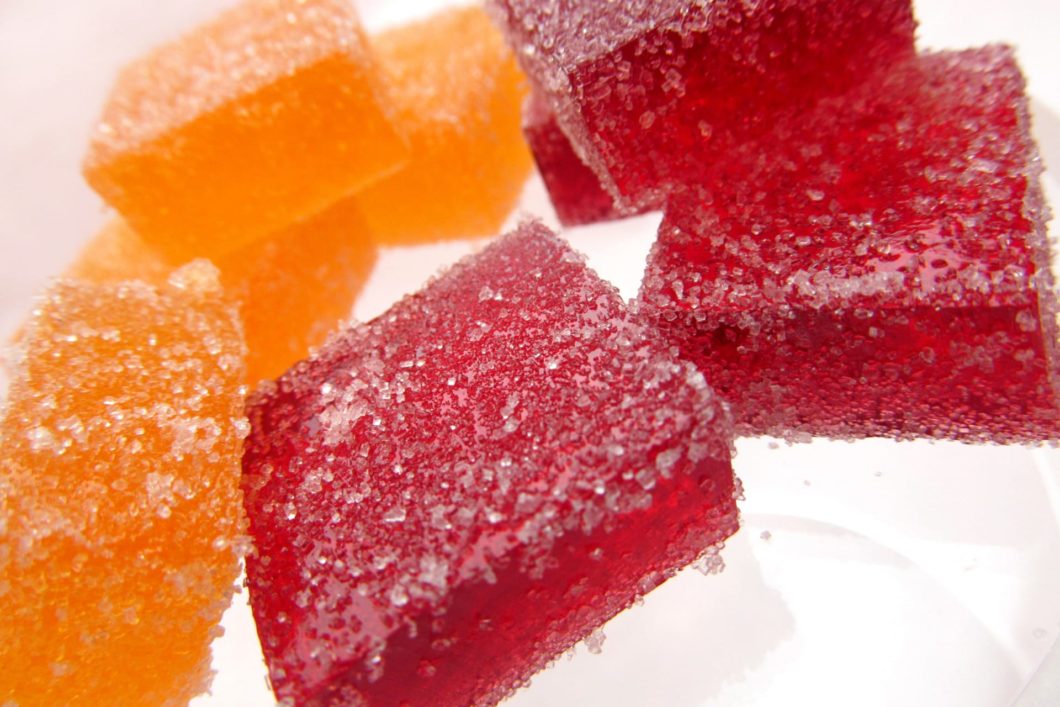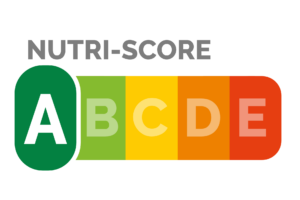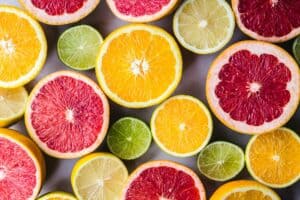Farm-to-product: Value chain of stevia
Business development • Stevia passes through many hands along the way from arable land to your product. In this article, we make an effort to find out whose hands are doing what. Join us on an exciting journey.
Billy Bonka is a chocolate maker who is almost as colourful as his more famous friend Willy. It has come to his attention that more and more consumers are demanding milk chocolate without added sugar. However, they want it to taste just as sweet and delicious as the chocolate factory’s legendary chocolate bar. After a little research, Mr Bonka has opened his eyes and found stevia and is now curious about how this sweet plant from a field in a country far away finds its way into his chocolate.
Nursery garden
Stevia grows naturally in Paraguay’s rainforests. There, the sweet leaves have been used by the Guarani Indians as sweeteners for more than 1500 years. But this is not where Mr Bonkas stevia begins its journey.
Mr Bonkas stevia begins its life on the other side of the globe – in China, where stevia is grown more than anywhere else on earth. But rarely from seeds.
It is hard to make stevia seeds grow. Only one in ten becomes a plant. Therefore, the journey begins at a nursery, where they take cuttings and let them grow in greenhouses.

Cultivation
After ten to twelve weeks the cuttings are planted out. On the plant site, there should be a lot of sun and heat, and the air should be humid. But the stevia plant does not want too much water. The specific requirements mean that the plant is grown mainly in subtropical climates.
After three to five months in humid air and well-drained soil, and with plenty of sun and heat, stevia is ready to be harvested. If harvesting is done carefully, the same plant can be harvested several times over 2–3 years. But most commonly, the entire plant is harvested at once.
Acquisition, purification and drying
The harvested stevia plants are purchased and shipped to a ‘mill’ where the leaves are separated from the branch, cleaned and sorted according to quality. The leaves are then dried and packed.
The dried leaves are up to 30 times sweeter than regular sugar. Therefore, they are used as they are in tea, herbal tea or fruit infusion.
But Mr Bonka wants to use stevia in his chocolate. But he can’t. However, he is allowed to use the sweet substances that give the plant its sweetness – the so-called steviol glycosides. Therefore, we follow the stevia leaves that continue their journey to a refinery.
Refining
Refinery is a word that brings to mind a jumble of pipes, large tanks and a high mast at the top where a torch seems to burn with eternal flame. A stevia refinery is, however, a bit different. Stevia refineries are more like sugar refineries.
In the first phase, a basic extract is extracted consisting of various types of steviol glycosides. This is done in two steps. First, the leaves are placed in warm water to leach steviol glycosides. The sweet substances are then filtered and extracted as crystals.
To ensure an even level of, for example, Reb A, the steviol glycosides in the basic extract need to be divided into fractions. This is done in a second step that starts with adding alcohol to the extract. The solution is distilled so the steviol glycosides are crystallized in a controlled manner and fractions with various steviol glycosides can be recovered. This is repeated for each fraction to excrete ‘incorrect’ steviol glycosides and thereby make the fraction ‘cleaner’. In this way, stevia extract with 98 to 99 percent ‘purity’ can be obtained.
Mixing and packing
The higher purity, the better, is easy to believe. But that’s not always the case. The counterintuitive truth about stevia extract is that it is often preferable with a stevia extract with 50 to 80 percent Reb A, for example, and the rest containing other steviol glycosides (mainly stevioside and Reb C).
Therefore, purified Reb A is mixed with more or less purified fractions of other steviol glycosides. Now we have a stevia extract which is ready to be packaged and sold further.
Exporter or agent
After refining and blending, the stevia extract ends up with an exporter or agent in the producing country, in this case, China.
The Chinese exporter or agent sells the stevia extract through various agents or importers around the world.
Agent or importer on the European market
We are now getting to the end of the stevia value chain, but it will still take a while before the stevia extract ends up with Billy Bonka at the chocolate factory.
The stevia extract has now ended up with an importer in Europe. It does not end up in a physical sense, since an agent merely mediates the deal. The stevia extract is then sold to various distributors around Europe.
Billy Bonka has a few options
Billy Bonka faces different choices.
He can actually choose to skip a few steps in the value chain and buy directly from a refinery in China. But that’s not to recommend. For a variety of reasons, it can be tricky and Billy may not be getting what he wants.
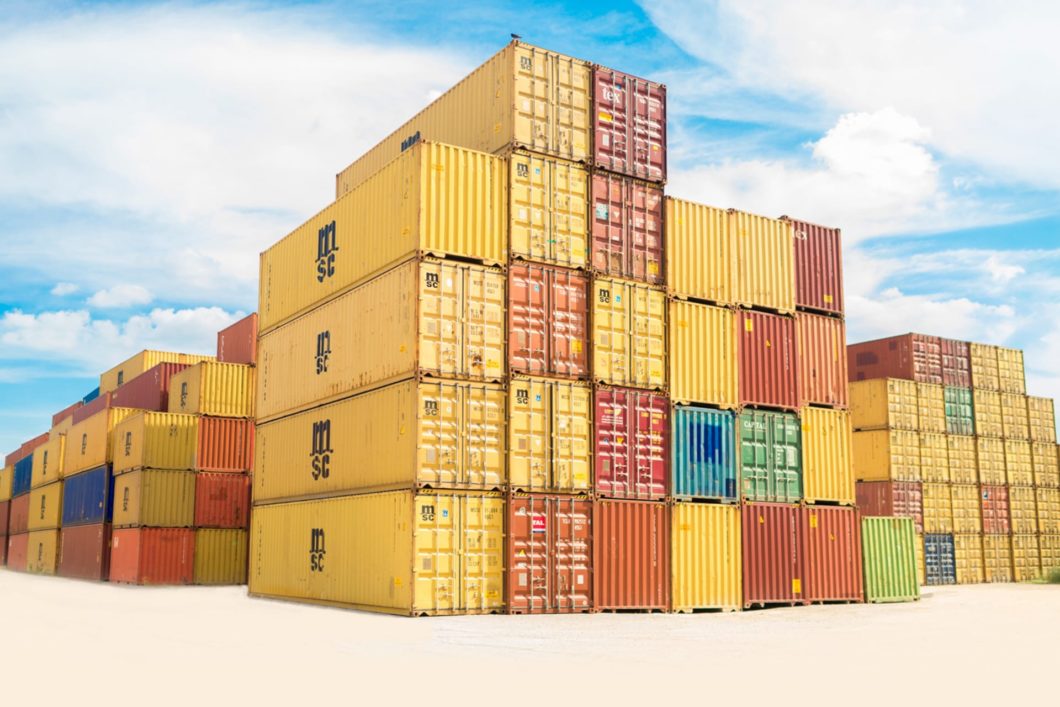
Agent or importer?
It is easier to turn to an importer or agent in Europe.
The agent acts as a traditional broker and has no stock of his own but mediates the deal between the exporter and Billy Bonka.
An importer buys from an exporter and has his own inventory. The importer is also likely to work closely with suppliers who are well-known and established. It can mean greater predictability and security for Billy Bonka.
However, Billy Bonka is cautious and wants to take one step at a time. In addition, the chocolate factory is not very huge with its 50 employees. And stevia is very potent;it does not take many grams to get a pleasant sweetness in Bonkas milk chocolate . There is a risk that the agent or importer does not think it is worth the trouble to sell as small quantities as Mr Bonka wants.
Distributor
Then we have the distributor.
A distributor handles many different types of ingredients for different types of food. This means that it can be difficult to find a distributor who is an expert on Billy Bonka’s chocolate or understands his challenges.
A Helping Hand
Do you find yourself in a similar situation as Billy Bonka? We are ready to help you with your sugar reduction. You can buy stevia extract directly from us or get tips on good distributors that we work with. Do not hesitate to contact us.
Please, share this article if you liked it.
[et_social_share]

